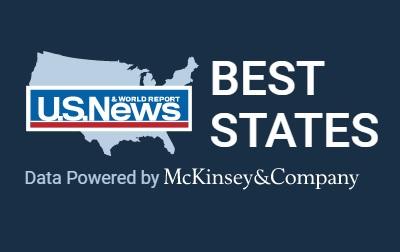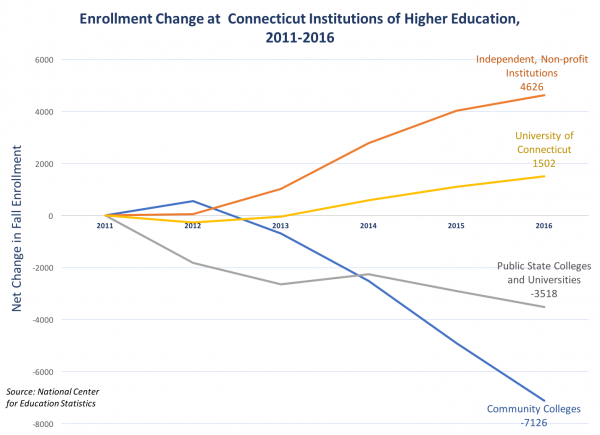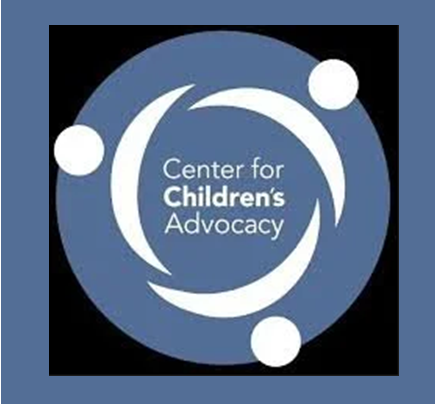Better Outcomes from Female Surgeons, Study Finds; Local Hospital Highlights Their Own
/In a study that has gained international attention and peaked interest locally, the patients of female surgeons tended to have lower death rates, fewer complications and lower readmissions to the hospital a month after their procedure, compared to the patients of male surgeons.
The study, published in the BMJ (British Medical Journal), and highlighted in TIME magazine, was conducted in Ontario, Canada, and included all of the people in the province who had operations between 2007 and 2015. The results are bringing some attention to female surgeons, and Connecticut Children’s Medical Center is shining a spotlight on their surgical staff in the aftermath of the study’s publication.
Connecticut Children’s which has nine female surgeons, including the surgeon-in-chief, is stressing not only that they are “leaders in this field,” but they are also “moms at home.” They’re using the two roles to launch a social media campaign called #momsurgeons, and will be profiling each of the surgeons on social media, website and billboards in greater Hartford this week.
“We wanted to bring attention to the fact that we are moms too. We truly understand what our patient families are experiencing when their child is heading into surgery,” said Christine Finck, Surgeon-In-Chief at Connecticut Children’s. “We also understand the daily struggles many moms face trying to find that work-life balance. It’s hard. We get it.”
Finck, appointed surgeon-in-chief in 2016, previously served as Chief of t he Division of Pediatric Surgery since 2007 and is an associate professor of pediatrics and surgery at UConn Health. In announcing her appointment, Connecticut Children’s pointed out that through her research, Finck “revolutionized outcomes of pediatric and neonatal diseases, most specifically leading efforts focused on identifying and treating those that affect the lungs, esophagus and brain.” She was honored by The Group on Women in Medicine and Science, who awarded her the Outstanding Clinical Scientist Woman Faculty Award, last year.
he Division of Pediatric Surgery since 2007 and is an associate professor of pediatrics and surgery at UConn Health. In announcing her appointment, Connecticut Children’s pointed out that through her research, Finck “revolutionized outcomes of pediatric and neonatal diseases, most specifically leading efforts focused on identifying and treating those that affect the lungs, esophagus and brain.” She was honored by The Group on Women in Medicine and Science, who awarded her the Outstanding Clinical Scientist Woman Faculty Award, last year.
After accounting for patient, surgeon, and hospital characteristics, the study concluded that “patients treated by female surgeons had a small but statistically significant” decrease in 30 day mortality and similar surgical outcomes (length of stay, complications, and readmission), compared with those treated by male surgeons.
The study’s authors noted that the findings “support the need for further examination of the surgical outcomes and mechanisms related to physicians and the underlying processes and patterns of care to improve mortality, complications, and readmissions for all patients.”
By drawing attention to this profession, officials said, “our #momsurgeons hope they can serve as role models for aspiring young ladies who also hope to one day enter the field.”
“Every time I operate, I stop and think about how I would want the operation to go if it my own child was in front of me,” said Meghna Misra, pediatric surgeon at Connecticut Children’s.
Surgery has long been a male-dominated occupation, TIME reported, “first because few women enrolled in medical school, and then because they weren’t perceived (by male surgeons, no less) to have the temperament needed to make the life-and-death decisions required in an OR.”

In the study, 104,630 patients were treated by 3,314 surgeons, 774 female and 2,540 male. Dr. Raj Satkunasivam, assistant professor of urology at Houston Methodist Hospital was leader of the study.
Connecticut Children’s Medical Center is the only hospital in Connecticut dedicated exclusively to the care of children and is ranked by U.S. News & World Report as one of the best children’s hospitals in the nation, with a medical staff of more than 1,000.

















 In Connecticut, individuals earning more than $200,000 gave 66.4 percent of all Connecticut giving, down 1.7 percent from 2012, according to the Chronicle analysis. The portion of all givers in this income bracket in Connecticut down 0.2 percent while the giving per itemizer is down 20.6 percent. In looking at the state’s major metropolitan areas, greater Bridgeport, Hartford, and New Haven, the analysis round that giving rates for taxpayers at four income levels fell below the average for the size group in each of the metropolitan areas.
In Connecticut, individuals earning more than $200,000 gave 66.4 percent of all Connecticut giving, down 1.7 percent from 2012, according to the Chronicle analysis. The portion of all givers in this income bracket in Connecticut down 0.2 percent while the giving per itemizer is down 20.6 percent. In looking at the state’s major metropolitan areas, greater Bridgeport, Hartford, and New Haven, the analysis round that giving rates for taxpayers at four income levels fell below the average for the size group in each of the metropolitan areas.

 The U.S. Census Bureau’s
The U.S. Census Bureau’s  ensus officials are necessary to obtain more accurate population and demographic counts. If those visits are reduced in order to cut costs, the accuracy of the census itself is likely to diminish, observers say. Connecticut, which does not have independent counts of its entire population, depends heavily on data derived from the U.S. Census for a host of policy and funding decisions.
ensus officials are necessary to obtain more accurate population and demographic counts. If those visits are reduced in order to cut costs, the accuracy of the census itself is likely to diminish, observers say. Connecticut, which does not have independent counts of its entire population, depends heavily on data derived from the U.S. Census for a host of policy and funding decisions.
 Lutzger also handles traffic reporting each morning for Kiss 95.7, Country 92.5, The River 105.9, WELI and KC101, and afternoons on The River 105.9. A native New Yorker, she first came to Connecticut to attend the University of Hartford. In addition to traffic reporting, Dufour is co-host for CT Style, a daily lifestyle program on WTNH. She graduated from the University of Connecticut in 2001 with a bachelor’s degree in broadcast journalism, and handled traffic reporting for WFSB before moving over to WTNH.
Lutzger also handles traffic reporting each morning for Kiss 95.7, Country 92.5, The River 105.9, WELI and KC101, and afternoons on The River 105.9. A native New Yorker, she first came to Connecticut to attend the University of Hartford. In addition to traffic reporting, Dufour is co-host for CT Style, a daily lifestyle program on WTNH. She graduated from the University of Connecticut in 2001 with a bachelor’s degree in broadcast journalism, and handled traffic reporting for WFSB before moving over to WTNH.





























